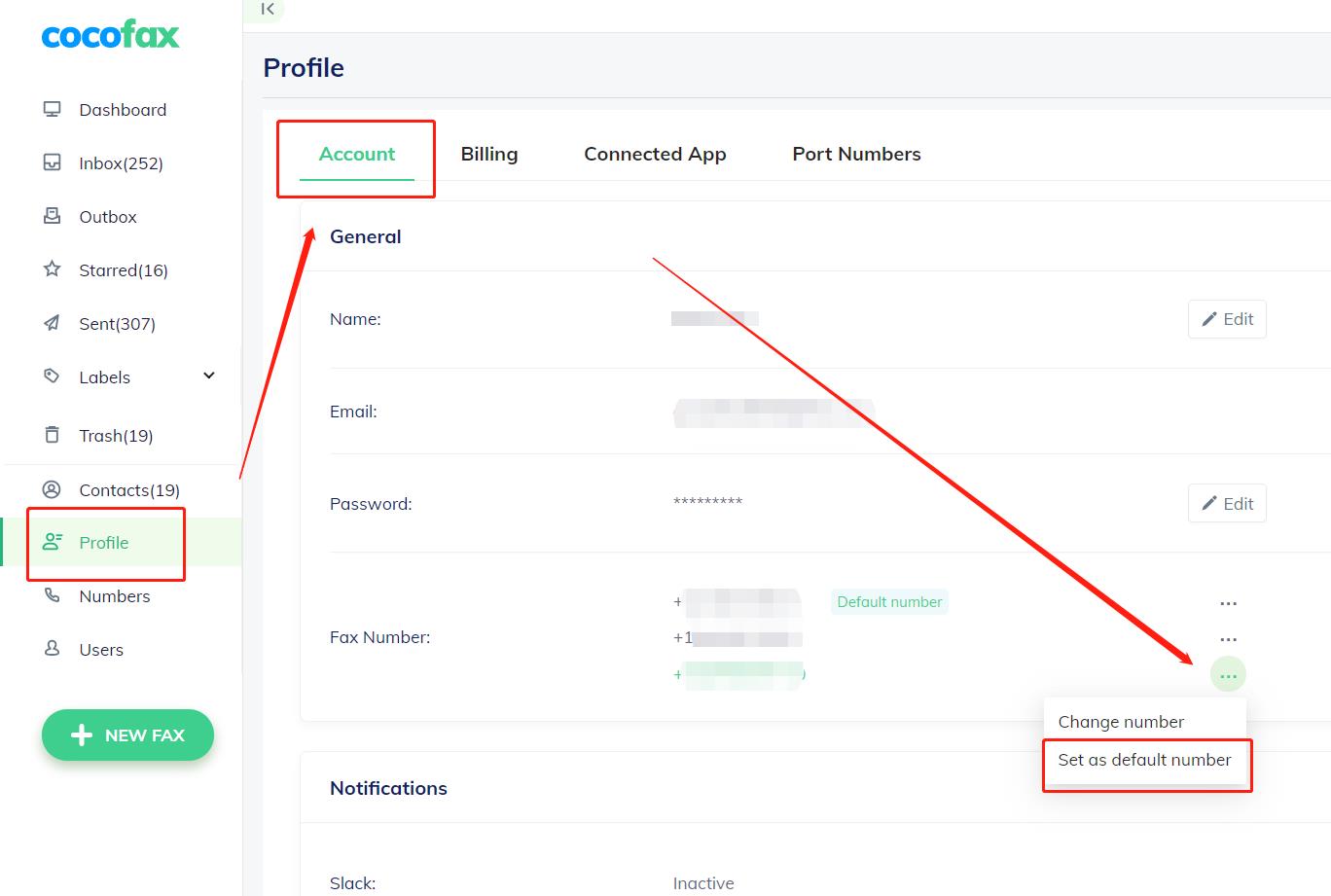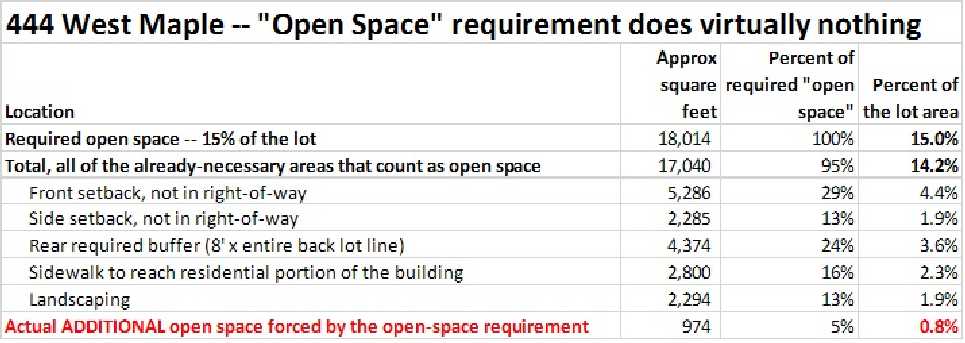

- #Totalspaces default number of spaces install#
- #Totalspaces default number of spaces full#
- #Totalspaces default number of spaces mac#

The range is 0.5 - 3.5, the default is 1.0 seconds. The range is 0.01 - 20.0, the default is 0.3 seconds.ĭefaults write 2 sideSwitchRepeatDelay -float 1.2 This setting also affects how quickly you can drag windows from desktop to desktop.ĭefaults write 2 sideSwitchDelayWithModkeys -float 0.5 The range is 0.1 - 20.0, the default is 1.1 seconds. These adjust the dwell and repeat period for triggering space changes by bringing your mouse to the edge of the screen.ĭefaults write 2 sideSwitchDelay -float 1.5 The value is in seconds, and should be between 0.25 and 3.0. The notification graphic remains on the screen for this period, unless the transition was triggered by hotkeys in which case it stays on screen for as long as you hold the modifier keys down. Notification graphic periodĭefaults write 2 notificationDuration -float 1.0 Note that there is a small built in delay after you press the hotkey that is unavoidable with transitions - they take a little time to set up. The normal preferences slider goes to 110, but 130 is the hard limit do not set it higher - anyway you won’t even see the transitions at that speed. Transition speedĭefaults write 2 transitionSpeed -float 115 To change this setting, choose Apple menu > System Preferences, click Mission Control, then unselect the tick box for switching.This is a list of the user accessible defaults settings that you can adjust using the ‘defaults’ command line program in Terminal.app. For example, if you create a new TextEdit document in Desktop 3, but TextEdit windows are already open in Desktop 2, your new document opens in Desktop 2. None: The app opens in whichever space you’re using at the time.īy default, when switching to an app, the desktop automatically switches to a space that has open windows for the app.
#Totalspaces default number of spaces full#
If you use the app full screen, it appears in its own space.ĭesktop on Display : The app opens in the current space on a specific display (if more than one display is available). This Desktop: The app opens only in the current space. In the shortcut menu that appears, choose Options, then choose one of the following:Īll Desktops: The app opens in every space. You may need to first open the app to show its icon in the Dock. On your Mac, Control-click an app’s icon in the Dock. If you use two or more spaces, you can assign an app (or System Preferences) to a specific space so it always opens in that space.

#Totalspaces default number of spaces mac#

#Totalspaces default number of spaces install#


 0 kommentar(er)
0 kommentar(er)
